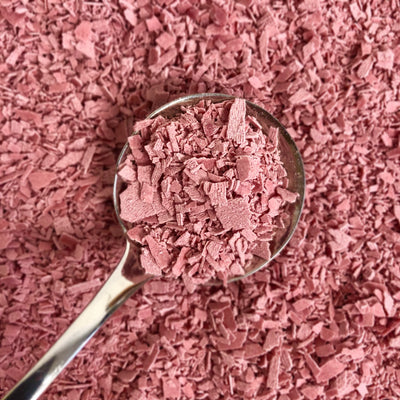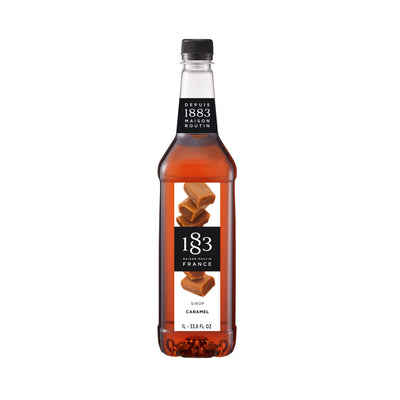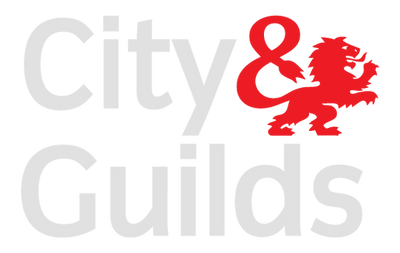What’s the difference between light and dark coffee?
We’ve all gone and ordered a coffee in our local café or purchased a bag of fresh beans from the store but have you ever really stopped to consider some of the descriptions associated with the various types of coffee we find ourselves confronted with? What is the difference between light vs dark coffee, is it stronger? Is it better for you?
Descriptions including phrases like light roast, medium roast, dark roast… What does that even mean? Well here’s a bit of insider knowledge from Farrer’s team of expert roasters to help.
Quick links for all things coffee roasting:
- What happens during coffee roasting?
- What’s the difference between light and dark coffee?
- Light Roasted Coffee
- Medium Roasted Coffee
- Dark Roasted Coffee
- Does the type of roast affect how much caffeine is in coffee?
- Is Light or Dark roasted coffee better for you?
- Is light or dark roasted coffee best?
WHAT HAPPENS DURING COFFEE ROASTING?
You might think that crafting coffee is pretty straightforward. The growers plant the beans, nurture and then harvest, pulp, dry, ship them and then they get ground into coffee.
However there’s a vital process missing from that last part before the grind and that’s the roast.
To release the hidden flavours and aromas within coffee the raw green coffee beans need to be roasted. Without the roast the beans won’t take on the flavours or aromas of the numerous coffee we know and love.
When raw coffee beans are exposed to heat their complex structure begins to disintegrate their colour changes as a series of chemical reactions begin to occur, as oils, moisture, proteins, minerals and acids are released from the beans.
The roasting temperature and time varies to suit the type of roast profile the master roaster is looking for. This causes the colour of the bean to appear lighter or darker. Once the internal temperature of the bean approaches its optimal temperature the coffee beans are released from the roaster.

(Image by:@williamwesleydutton on Unsplash: https://unsplash.com/photos/9EEPwLSb9ls)
Freshly roasted coffee beans being cooled.
WHAT’S THE DIFFERENCE BETWEEN LIGHT AND DARK COFFEE?
The more the beans are exposed to heat the darker they become and the more this process plays in the overall taste of the coffee in your cup.
Coffee made from lighter-roasted beans tends to have more subtle flavours and acidity. On the other hand, dark-roasted coffees tend to be more bitter with chocolatey notes.

(Image by @nousnouon Unsplash: https://unsplash.com/photos/myPzH34VYK4)
As coffee beans are roasted they lose moisture and weight (from 12-24%) and increase up to 50-100% in size!
LIGHT ROASTED COFFEE
Light roasted coffees like our Brazil coffee have been heated to relatively low temperatures which means they are pale brown colour and often have little sheen from the bean’s oils. This means that these beans are frequently high in acidity, (known as brightness in the trade) and low in bitterness. More acidic or brighter coffees are often citrusy, fruity and floral in flavour, delivering a taste of vanilla, apricot or lemon.
MEDIUM ROASTED COFFEE
Medium roasted coffees are brown in colour but still have a minimal oil sheen to them. Often medium roasted coffees are thought to provide a perfect balance between flavour and aroma. Because they have a lower acidity because they have been roasted for longer but don’t contain the bitterness inherent with dark roasted coffees, which essentially means they are the perfect compromise, delivering the best of both worlds with balanced flavours and aromas.
DARK ROASTED COFFEE
Dark roasted beans are in a totally different league they are dark brown in colour and have a high sheen due to the oil released during roasting. Dark roasted beans are low in acidity but are really bitter as much of the integrity of the coffee bean has effectively been cooked out during the roasting process, which means you end up with a smoky, burnt tasting, bitter brew.
This is because you are tasting the charring of the bean as it goes through the maillard process, a chemical reaction between amino acids and reducing sugars that gives foods that have been browned their distinctive flavour.
Dark roasts such as French, Italian, New Orleans or Viennese work especially well when creating espresso coffees. Basically these darker roasts have had time to allow the sugars in the beans to caramelize which helps soften the harsh burnt flavours.
DOES THE TYPE OF ROAST AFFECT HOW MUCH CAFFEINE IS IN COFFEE?
There’s only a minimal difference in caffeine content between light and dark roasts. A common misconception is that caffeine is lost during the roasting process. However this is not the case, the caffeine content varies only as a result of changes of density in the beans. Typically, the largest factor in caffeine per serving is down to the brew method.
If you’re interested in learning just how much caffeine you’re consuming in each cup of coffee, you can learn more here.
IS LIGHT OR DARK ROASTED COFFEE BETTER FOR YOU?
You probably don’t know this, but coffee is the single biggest source of antioxidants in Western diets. There are more antioxidants in coffee than you will ever find in raspberry, blueberry, grape, or even orange juice.
Here’s the techie bit… The main antioxidants are hydrocinnamic acids and polyphenols, both of which are useful in knocking out free radicals. (Before you ask, they’re nothing to do with surfers or waves).
Essentially, free radicals are the toxic leftovers from oxygen metabolism in the body that can cause damage to living cells and tissues in a process called oxidative stress.
The good news is that the antioxidants in coffee help reduce oxidative damage and can also play a part in helping to prevent several pretty nasty diseases like heart disease, cancer and type two diabetes, there’s also some scientific evidence that shows coffee might also help in reducing the risk of both Alzheimer’s and Parkinson’s disease.
Light and medium roasts have a higher quantity of these antioxidants than dark roasted coffee.
However dark roasted coffee has health benefits of its own. Dark roasted coffee contains an antioxidant known as glutathione which helps to restore red blood cells. It contains Vitamin E which helps maintain healthy skin and eyes.

(Image by @sxtcxtc on Unsplash: https://unsplash.com/photos/flrcFG0rvZU)
IS LIGHT OR DARK ROASTED COFFEE BEST?
We think it’s down to personal preference although the way in which you drink coffee plays a role in whether light, medium or dark is right for you.
The main question you need to ask is yourself is do you prefer subtle fruity flavours with higher acidity or richer, more bitter flavours that have chocolately notes?
Light roasted coffees generally work better when drunk black or with a splash or milk and dark roasted coffee is typically better when prepared as a latte or cappuccino as it cuts through the milk with ease. Medium roasted coffees try to strike a balance between the two with both flavour and aroma.
But all that said the roast only plays a small part in the process. It’s really all down to the origin of the beans, their quality, the roast used, and above anything else the grind used on the roasted beans and skill of the barista in making your coffee.

(Image by @nate_dumlao on Unspash: https://unsplash.com/photos/pMW4jzELQCw)





